Visible Damage, Noise, Drafts: When Door Seals Need Replacing
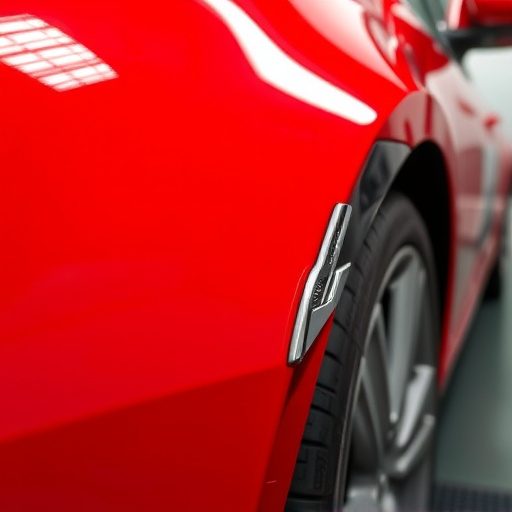
Regularly inspect vehicle doors for damage and discoloration indicating needed door seal replacement…….
In an era where energy efficiency and environmental awareness are at the forefront of global concerns, door seal replacement has emerged as a critical component in the pursuit of sustainable buildings and reduced carbon footprints. This article delves into the intricate world of door seals, exploring their replacement process, benefits, and the broader impact on various sectors. By the end, readers will grasp the significance of this seemingly modest yet powerful intervention in enhancing insulation, saving energy, and contributing to a greener planet.
Definition: Door seal replacement refers to the process of installing or updating weatherstripping or door seals around exterior and interior doors to improve energy efficiency and prevent air infiltration. These seals are designed to create a tight seal between the door and its frame, stopping drafts, moisture, and pests while ensuring better insulation.
Core Components:
Historically, door seal replacement has been driven by the need to improve insulation and reduce energy costs. With increasing global awareness of climate change, this simple yet effective solution has gained prominence as a cost-efficient way to enhance building performance.
The concept of door seal replacement transcends geographical boundaries, with varying degrees of adoption and specific trends shaping its evolution worldwide:
| Region | Adoption Rate | Key Trends | Regional Focus |
|---|---|---|---|
| North America | High | Emphasis on advanced materials, smart technology integration. | Energy-efficient retrofits in existing buildings. |
| Europe | Moderate to High | Stricter building codes, focus on sustainable materials. | Achieving net-zero energy buildings by 2050. |
| Asia Pacific | Growing | Increasing demand for affordable, energy-saving solutions. | Rapid urbanization and its impact on energy consumption. |
| Latin America | Rising | Local production of weatherstripping to reduce costs. | Addressing energy poverty through efficient building practices. |
| Middle East & Africa | Moderate | Adoption in high-end commercial buildings, growing awareness. | Sustainable design in arid climates. |
These trends highlight the global recognition of door seal replacement as a key strategy for reducing energy consumption and carbon emissions.
The door seal replacement market is influenced by several economic factors:
Technological innovations have revolutionized door seal replacement, enhancing both its efficiency and effectiveness:
Governments worldwide are implementing policies and regulations that influence door seal replacement:
Despite its numerous benefits, door seal replacement faces certain challenges and criticisms:
Strategies to Overcome Challenges:
Case Study 1: Green Building Retrofits in Toronto, Canada
The city of Toronto implemented a retrofitting program targeting low-income buildings to improve energy efficiency. The project included door seal replacement using advanced foam seals and smart technology. Results showed a significant 20% reduction in energy consumption within the first year, translating to substantial savings for residents. This initiative not only enhanced comfort but also reduced carbon emissions, contributing to Toronto’s climate action goals.
Case Study 2: Sustainable Campus in Denmark
A leading Danish university campus embarked on a green transformation, incorporating door seal replacement as part of its comprehensive energy-saving strategy. They utilized custom-designed 3D-printed seals and smart weatherstripping, achieving a remarkable 35% decrease in heating costs. The project also improved indoor air quality, fostering a healthier learning environment.
Case Study 3: Community-Driven Initiative in California
A neighborhood association in Los Angeles organized a door seal replacement program targeting older homes. They offered workshops and provided financial assistance to residents, leading to widespread adoption. Within two years, the community achieved a collective reduction of 15% in overall energy consumption, proving that community engagement can drive sustainable change.
The future of door seal replacement holds immense potential for growth and innovation:
Door seal replacement is not merely a simple upgrade; it represents a powerful step towards energy efficiency, environmental sustainability, and cost savings. As the world grapples with climate change and energy challenges, this seemingly modest intervention plays a critical role in shaping a greener future. By understanding its importance, adopting best practices, and embracing technological advancements, we can unlock significant potential to create sustainable buildings and communities.
Q1: How often should I replace door seals?
A: The frequency depends on various factors, including the type of seal, climate, and usage. Typically, weatherstripping should be checked annually and replaced every 2-5 years, while more durable gaskets may last 10-15 years or more.
Q2: Can door seal replacement really save me money?
A: Absolutely! Door seals can help reduce energy bills by minimizing air leakage, which is especially noticeable in colder climates or during peak heating/cooling seasons. According to studies, the savings often outweigh the cost of installation within a few years.
Q3: I live in a humid climate; will door seals still work effectively?
A: Yes, modern door seals are designed for various environmental conditions, including humid climates. However, it’s essential to choose the right type, such as water-resistant or moisture-proof seals, to ensure optimal performance and longevity.
Q4: How do I know if my doors need new seals?
A: Signs include drafts around the door frame, visible damage to existing seals, or noticeable changes in indoor temperature. If you experience these, it’s a good indication that replacement is necessary.
Q5: Are there any environmental considerations when choosing door seals?
A: Yes, opting for eco-friendly materials and products with sustainable production processes can reduce your carbon footprint. Look for seals made from recycled or renewable resources to contribute to a greener planet.

Regularly inspect vehicle doors for damage and discoloration indicating needed door seal replacement…….

Successful door seal replacement requires understanding door types and choosing appropriate seals. G…….
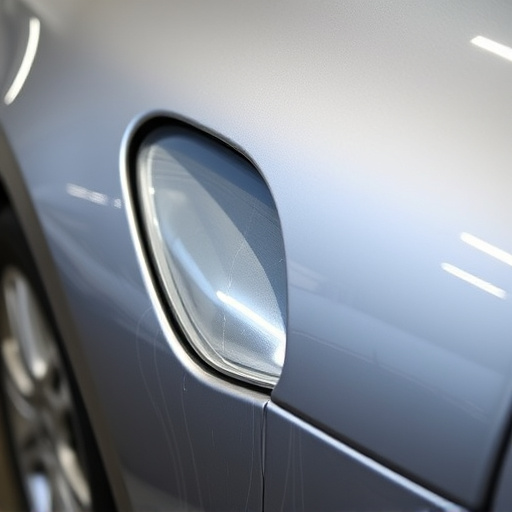
Door seals, vital for preventing leaks and intrusion, degrade over time due to weather, temperature,…….

Door seal replacement is crucial for maintaining energy efficiency in homes and vehicles. Worn-out s…….
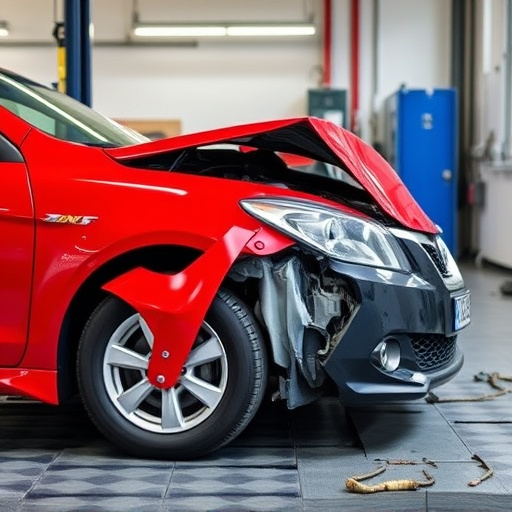
Door seal replacement costs vary based on vehicle make (luxury seals cost more), age, damage extent,…….

Worn door seals, visible damage, cracks, stiffness, and water stains indicate the need for replaceme…….
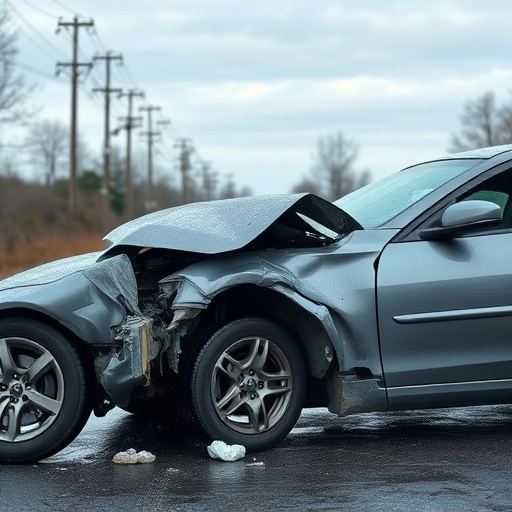
Door seal replacement is a vital task for maintaining indoor air quality and preventing mold growth……..

Adhering to Original Equipment Manufacturer (OEM) specifications during door seal replacement ensure…….

Door seals are critical for vehicle safety and energy efficiency, protecting against water, dust, an…….
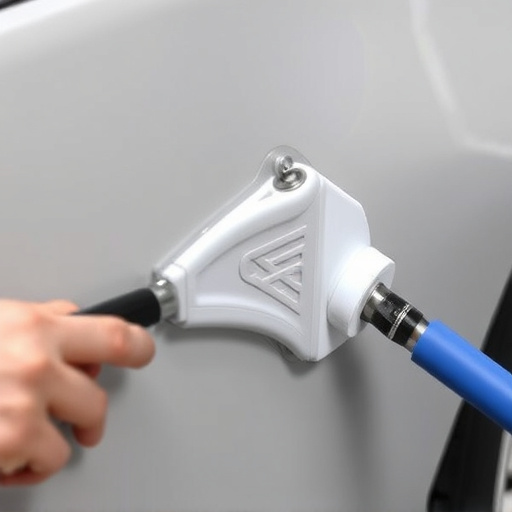
Door seals are vital for automotive security and comfort, preventing unauthorized access, reducing e…….